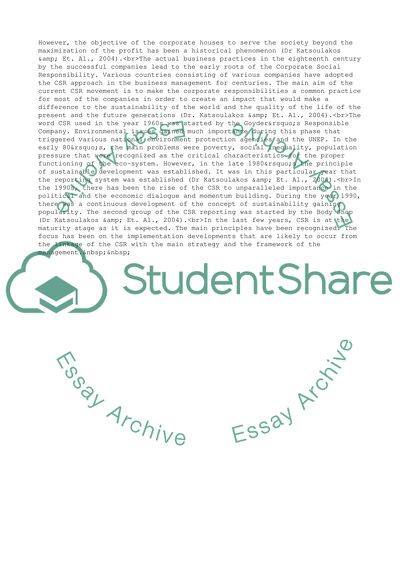Cite this document
(“Corporate Social Responsibility - Historical Development Assignment”, n.d.)
Corporate Social Responsibility - Historical Development Assignment. Retrieved from https://studentshare.org/business/1746699-csr
Corporate Social Responsibility - Historical Development Assignment. Retrieved from https://studentshare.org/business/1746699-csr
(Corporate Social Responsibility - Historical Development Assignment)
Corporate Social Responsibility - Historical Development Assignment. https://studentshare.org/business/1746699-csr.
Corporate Social Responsibility - Historical Development Assignment. https://studentshare.org/business/1746699-csr.
“Corporate Social Responsibility - Historical Development Assignment”, n.d. https://studentshare.org/business/1746699-csr.


